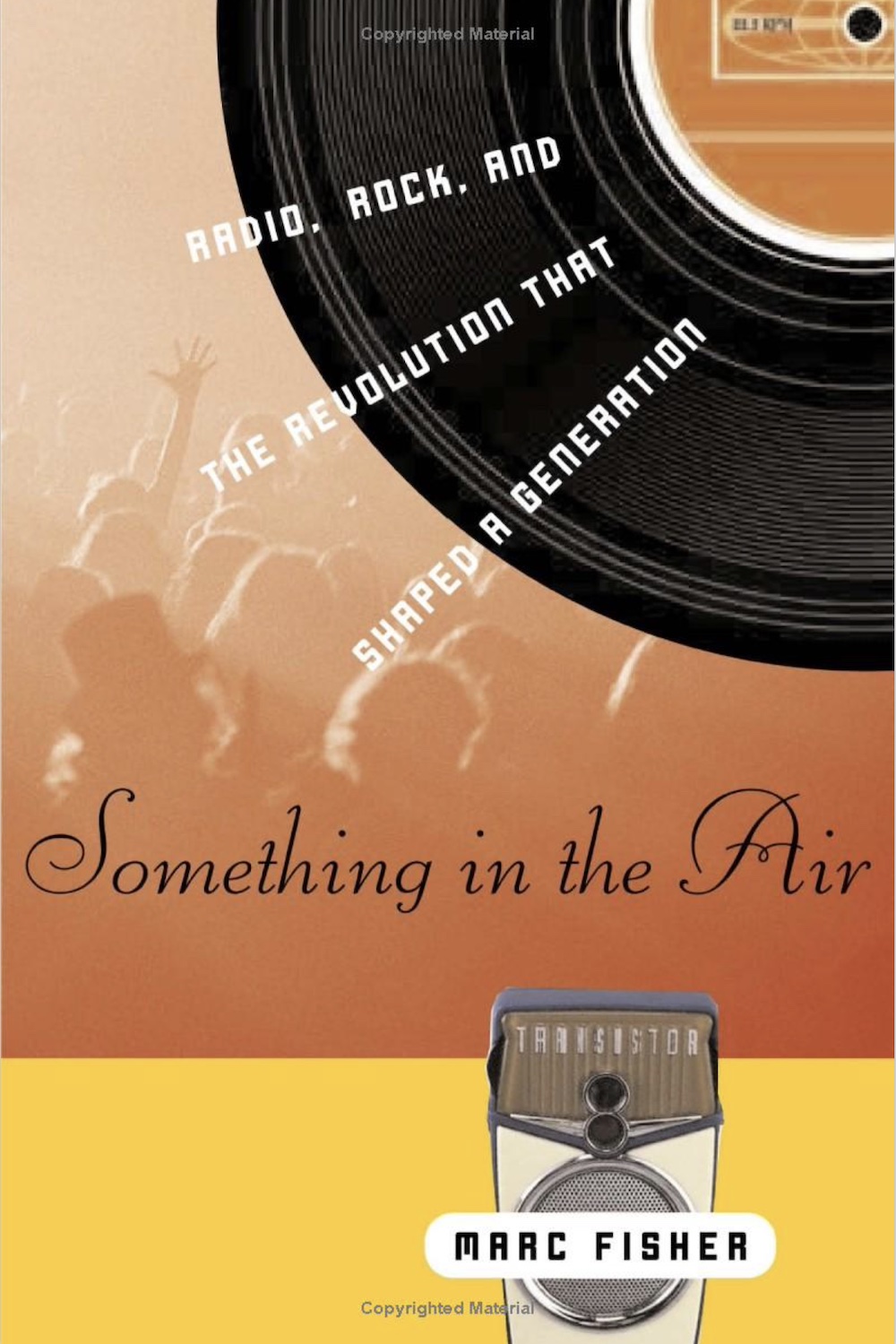John Marks’ Bookshelf for Lovers of Recordings #5
A DOZEN BOOKS REVIEWED, ONE A WEEK FOR THE NEXT TWELVE
Here are notes on a selection from my favorite books on the history of recording technology, the history of the record business, and the interactions between recording technology, the record business, and the art of music. One example of what I mean by all that is, in the late 1920s, piezoelectric “crystal” microphones supplanted carbon microphones for radio broadcasting.
Crystal microphones had a better signal-to-noise ratio than carbon microphones. Therefore, the live singers on radio could sing more quietly and intimately. They no longer had to shout to be heard. However, the quartz, mica, or other crystal elements were also more fragile than had been the carbon microphones. So, “shouters” like Al Jolson were out; and “crooners” like Rudy Vallee were in. (Trivia bit: Rudy Vallee graduated from Yale, with a degree in Philosophy.)
This list will be presented as a series of weekly installments. Rather than attempt to rank such diverse books from “Best” to “Somewhat Less Best,” this list is organized both chronologically and categorically. JM
The Bookshelf:
1. The Fabulous Phonograph, 1877-1977
2. The Label: The Story of Columbia Records
3. Do Not Sell at Any Price
4. The B Side: The Death of Tin Pan Alley and the Rebirth of the Great American Song
5. Something in the Air: Radio, Rock, and the Revolution That Shaped a Generation
6. Flowers in the Dustbin: The Rise of Rock and Roll, 1947-1977
7. Temples of Sound: Inside the Great Recording Studios
8. Goodnight, L.A.: The Rise and Fall of Classic Rock -- The Untold Story from inside the Legendary Recording Studios
9. Making Rumours: The Inside Story of the Classic Fleetwood Mac Album
10. Backstory in Blue: Ellington at Newport ‘56
11. A Love Supreme: The Story of John Coltrane’s Signature Album
12. The Vinyl Frontier: The Story of NASA s Interstellar Mixtape
Something in the Air: Radio, Rock, and the Revolution That Shaped a Generation
by Marc Fisher
New York: Random House; 2007. Hardcover, 400 pp. ISBN: 0375509070.
The subtitle “Radio, Rock, and the Revolution That Shaped a Generation” tells you almost all you really need to know. Another well-researched (Fisher interviewed almost 100 people) and engrossing account of the impact of technology upon the evolution of musical tastes.
The previously-mentioned mid-1950s fallow period for creativity in popular music happened to coincide with the rise of television. Please remember that a lot of early television programming was “variety” shows that featured live music. So, it seemed that radio might be on its way out.
What saved radio was the rise of rock music (indeed, the relationship between local, independent AM radio and rock music was symbiotic); the advent of the Top 40 format; the rise of the Disk Jockey as a star personality; and the opening of the airwaves to previously marginated African-American and Country (Hillbilly) music.
Of lesser importance, but still important, are the experiments in “free form” radio with storytellers such as Jean Shepherd, whom Fisher categorizes as a forerunner of Garrison Keillor, of Prairie Home Companion fame. Fisher brings his narrative up to the near-present with his recounting of Rush Limbaugh’s early days as a small-time-market Top-40 music deejay. Who knew? Recommended.


















































